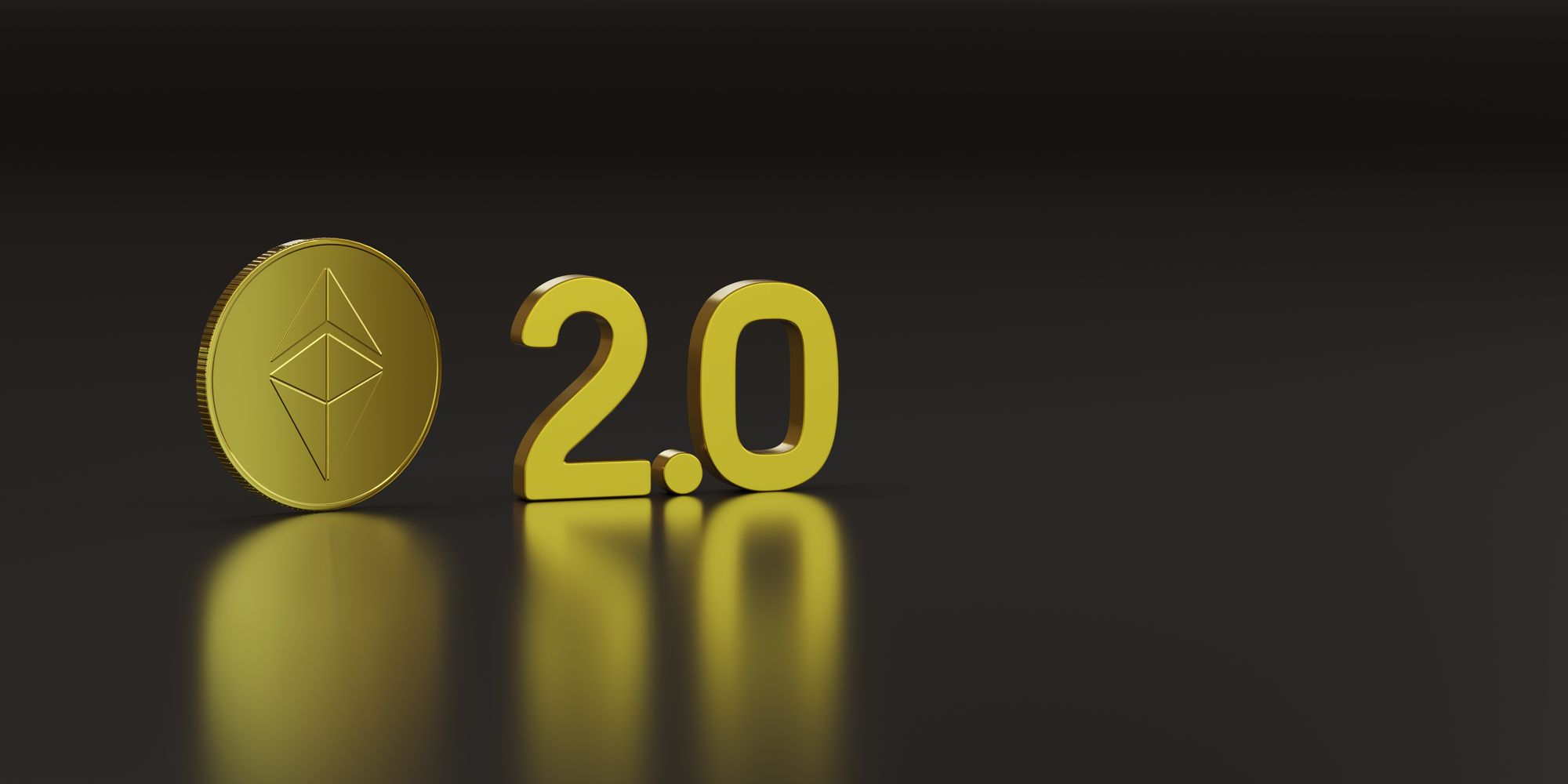Ethereum Merge: Q3 Update
due to the Gray Glacier update in June, the activation of the "difficulty bomb" has been pushed forward until mid-September, effectively delaying the merge until the final few days in Q3

In 2022, Ethereum will accomplish its most significant protocol update in history. Proof of Work (PoW), Ethereum's current consensus mechanism (also known as mining), will be replaced by the scalable and environmentally friendly Proof of Stake (PoS) consensus mechanism.
The Ethereum mainnet is only one testnet Merge away from becoming a proof-of-stake (PoS) blockchain. The years-long quest has come to an end with the announcement of the last testnet merging into the Beacon chain, following many shadow forks and testnet merges. For a simpler guide to Ethereum 2.0, please read this article.
When Will the Merge Happen?
Initially, the Ethereum Merge was expected to take place in the second quarter of this year, and then early in the third quarter of this year. However, due to the Gray Glacier update in June, the activation of the "difficulty bomb" has been pushed forward until mid-September, effectively delaying the merge until the final few days in Q3.
What is The Difficulty Bomb?
The difficulty bomb is the final straw off the camel's back after the enduring wait for the merge, which has seen many people stake their ETH tokens for yield. When detonated, the difficulty bomb will make mining arduous and ridiculously expensive; hence, miners would have no choice but to abandon the PoW consensus mechanism for the new PoS consensus.
In the coming weeks, Ethereum devs will spend time refining the technical specifics of the integration. This involves guaranteeing that all existing Ethereum apps will continue to function after the fork and addressing any potential security vulnerabilities. Once these concerns are resolved, a testnet will be deployed so that developers may experiment with the new system and offer feedback.
ETH 2.0 mainnet will be live in late September if all goes as planned. The codebase for both networks will be published in the public domain after this date. Anyone who wishes to use the technology but has not yet participated in either project can do so without risk. Full exchange may also be available for those who have already joined one of the projects but want to move to the other.
Update On The Merge
The planned final testnet merging will solely affect node operators and testnet participants; Ether (ETH) holders and stakeholders will not need to make any modifications. The testnet merging will serve as the final practice run before the Ethereum mainnet formally merges with the Beacon chain on September 19. Depending on the conclusion of the testnet, the permanent Merge date may be altered.
The Ethereum network's PoS transition is expected to be the most significant improvement to the blockchain network since its creation. The improvements focus on enhancing scalability through sharding and lowering high transaction costs.
However, the majority of the scalability features are projected to be incorporated once the last phase of the transition is completed, which is scheduled for the second half of 2023.
The Merge update will not contain certain anticipated features, such as the ability to withdraw staked ETH in order to simplify and optimize attention on a smooth transition to proof-of-stake. The Shanghai update will come after The Merge, which will allow stakeholders to exit.
To address scalability, the developers originally planned to focus on sharding before The Merge. However, with the rise of layer 2 scaling solutions, the emphasis has switched to The Merge, which converts proof-of-work to proof-of-stake.
Plans for sharding are continually developing, but with the introduction and success of layer 2 technologies to expand transaction execution, sharding plans have turned to find the most optimum way to spread the load of storing compressed calldata from rollup contracts, allowing for exponential expansion in network capacity. This would be impossible without first switching to proof-of-stake.
Impacts of The Merge
Deflationary ETH
The Merge will change Ethereum's monetary policy, making the network more ecologically friendly and decreasing the amount of ETH. According to experts, following The Merge, Ethereum will have lower inflation than Bitcoin. Following the Merge, ETH issuance will fall to around 0.6 million per year, with a corresponding 2.7 million ETH burned, for a net 2.1 million ETH burned per year, or a 7 percent decrease in yearly ETH supply, making it a deflationary asset.
Miners could migrate to Ethereum Classic (ETC)
This Merge is a crucial trigger for Ethereum Classic (ETC), at least in terms of interest. Ethereum Classic is a fork of the Ethereum blockchain that arose due to an internal debate among Ethereum developers. It is often seen as Ethereum's unloved and unrespected sister. Luckily, it could serve as a safe haven for miners who want to continue mining, providing a win-win situation where the ETC blockchain gets increased usage, and miners get to keep their mining equipment on other blockchains.
Scalable DeFi Services
Of course, Ethereum is the biggest smart contract network, hosting dApps and DeFi services; hence, the switch to ETH2.0 that promises a 100,000 TPS will see increased adoption from traditional finance. Of course, the newly found scalability will facilitate cheaper fees and an overall better DeFi experience.
Final Takeaway
The Ethereum blockchain has grown into the underlying technology for decentralized autonomous organizations (DAOs), decentralized finance (DeFi), and nonfungible tokens (NFTs). As the mother of all smart contract networks, a transition to PoS facilitated with sharding technology will make the experience better and practical for real-world adoption. The success of Eth2 will depend heavily on the execution of the last phase in September; however, with the buoyant history of delays in difficulty bomb "detonation," many market commentators remain doubtful of a 2022 merge.
For more beginner tips, as well as detailed guides on cryptocurrency and blockchain technology, do well to visit the CCTIP Blog and follow our social media communities: